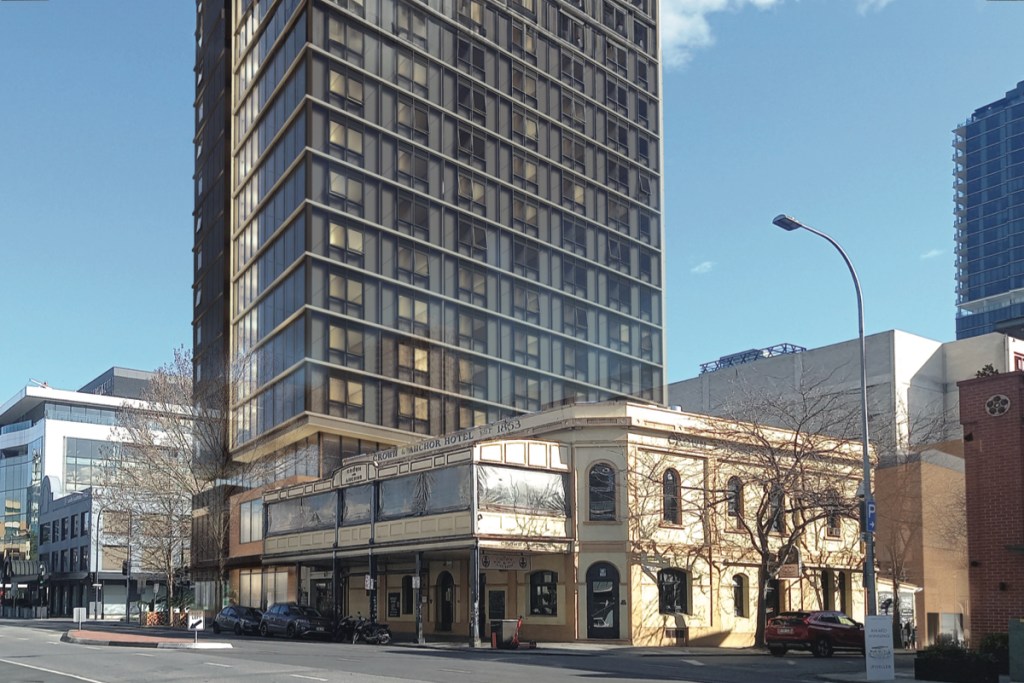New report indicates Australia will miss target of 1.2 million new homes by 2029

- by Admin
- May 2, 2024
An independent report forecasts Australia will miss a target of 1.2 million new homes by 2029 on the current path.
The National Housing Supply and Affordability Council is handing its State of the Housing System report to the federal government today.
The council warned of worsening conditions across the housing system for years to come, unless the government fulfils all of its housing promises.
The National Housing Supply and Affordability Council described Australia’s housing market as inequitable, unaffordable and undersupplied.
Council chair Susan Lloyd-Hurwitz said Australia’s housing system was very far from healthy.
“There are 170,000 on wait lists for public housing, another 122,000 people experiencing homelessness, and very significant housing stress particularly for vulnerable cohorts of the community is simply unacceptable for a country with the resources of Australia,” Ms Lloyd-Hurwitz said.
According to the council’s State of the Housing Market Report, lagging construction times, unaffordable mortgages and rents, as well as a rising population and demand, are all pressing a grossly undersupplied market.
A deal through the National Housing Accord with federal, state and territory governments aims to build 1.2 million new homes by 2029.
Ms Lloyd-Hurwitz said it was an ambitious target, and if governments stumbled on the implementation of new housing policies, the nation would not reach it.
“So currently we are looking at a shortfall of new demand versus new supply, a shortfall of 40,000 over that period … Of course that does not go to address the undersupply that’s already in the system,” Ms Lloyd-Hurwitz said.
The council now wants to see promises become actions, particularly on state planning reforms, and federal funds for infrastructure and social housing.
Ms Lloyd-Hurwitz warned there are other barriers to new supply, particularly in the construction sector.
“So even if we fixed all the other problems, we still wouldn’t have enough construction capacity given the number of people in the sector, the very low productivity, the lack of innovation,” Ms Lloyd-Hurwitz said.
Australia’s housing system ‘far from equitable’
The council’s report said Australia’s housing system was far from equitable, and that aspiring homeowners experienced a decline in their ability to purchase a home.
“It takes the average prospective homeowner around 10 years to save a 20 per cent deposit for an average dwelling. Even with a deposit, only 13 per cent of the homes sold in 2022-23 were affordable for a median income household,” the report said.
It recommended a look at taxation, which benefits homeowners over renters and Indigenous housing — given Indigenous people are half as likely to be homeowners, and six times more likely to live in social housing.
Ms Lloyd-Hurwitz said there had been an underinvestment in social housing for many years.
“It has fallen from 5.6 per cent of stock to now only 3.8 per cent of stock, and compared to other OECD countries, the amount of social and affordable housing we have in our system is very low,” Ms Lloyd-Hurwitz said.
Calls to double housing future fund
In a statement to ABC’s AM program, Treasurer Jim Chalmers said this report underscored why housing was such a big priority for the next budget.
A pillar is the $10 billion Housing Australia Future Fund, supporting construction of 30,000 new social and affordable homes.
Community housing providers have proposed building about 26,000 homes.
Community Housing Industry Association CEO Wendy Hayhurst said providers were already working up proposals for at least 34,000 further homes in future rounds.
Ms Hayhurst wants the government to double the fund.
“It says to me they’ve got a success on their hands. They’ve designed something people think will work, and they’ve put in projects,” Ms Hayhurst said.
The Treasurer said the government had already committed more than $25 billion to new housing initiatives in the upcoming budget.
The Latest News
-
December 21, 2024Coco Gauff declared one of the favourites to win Australian Open
-
December 21, 2024From delays to refunds: how Australia’s air passenger charter could affect your travel rights
-
December 21, 2024‘Dream come true’: Emotional Test bolter on shock call-up and classy act from man he replaced
-
December 21, 2024‘Got this wrong’: Former skipper criticises selectors’ call
-
December 21, 2024The Kings horse Gilded Water wins at Randwick races


